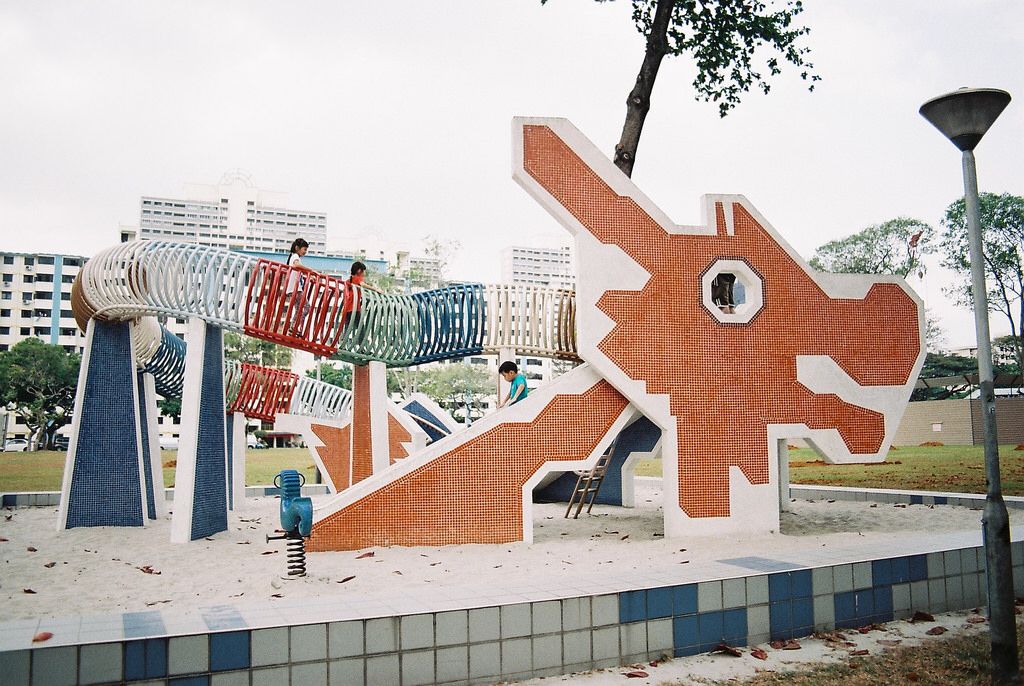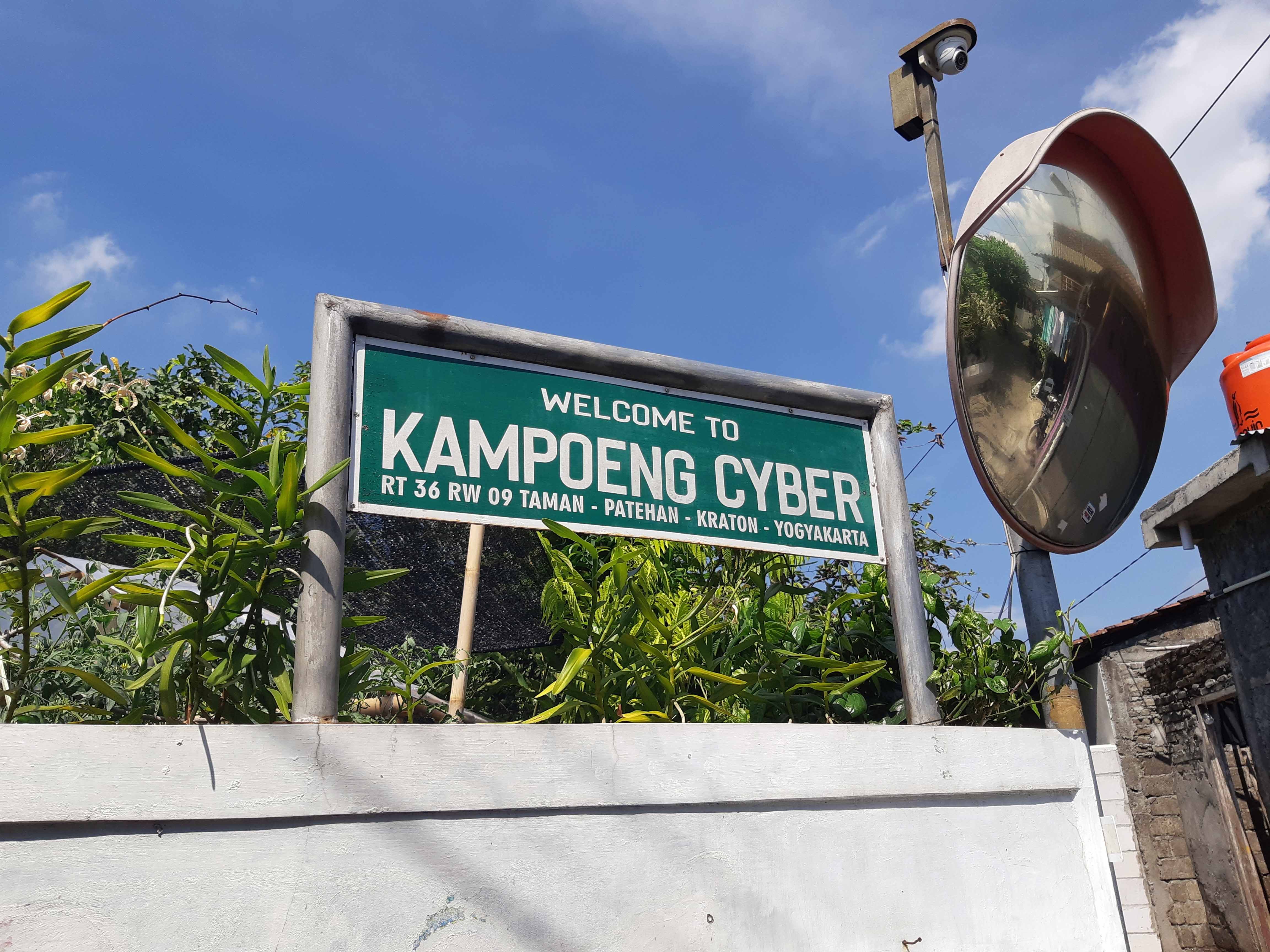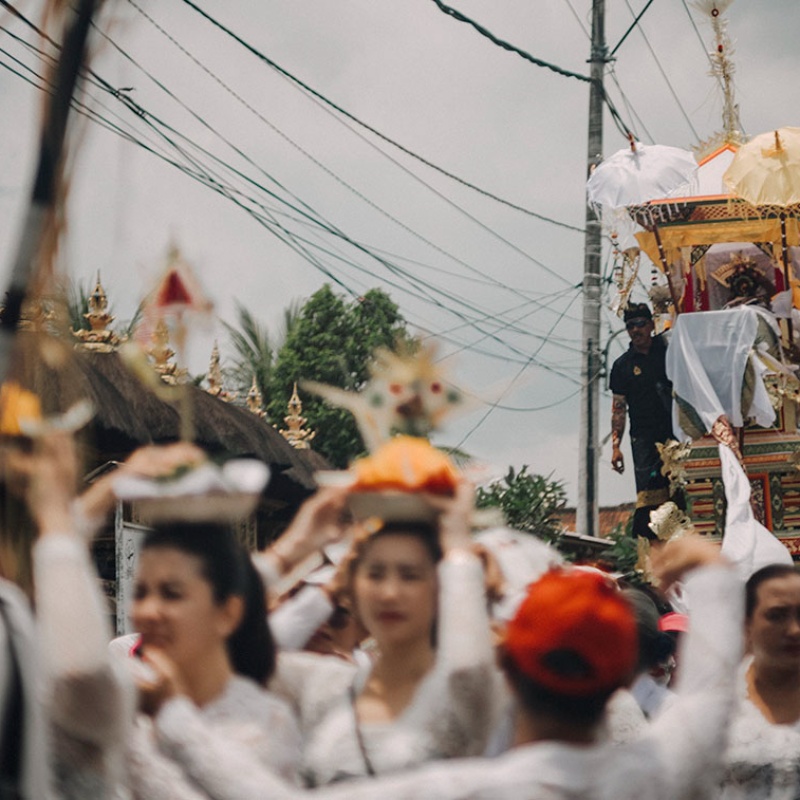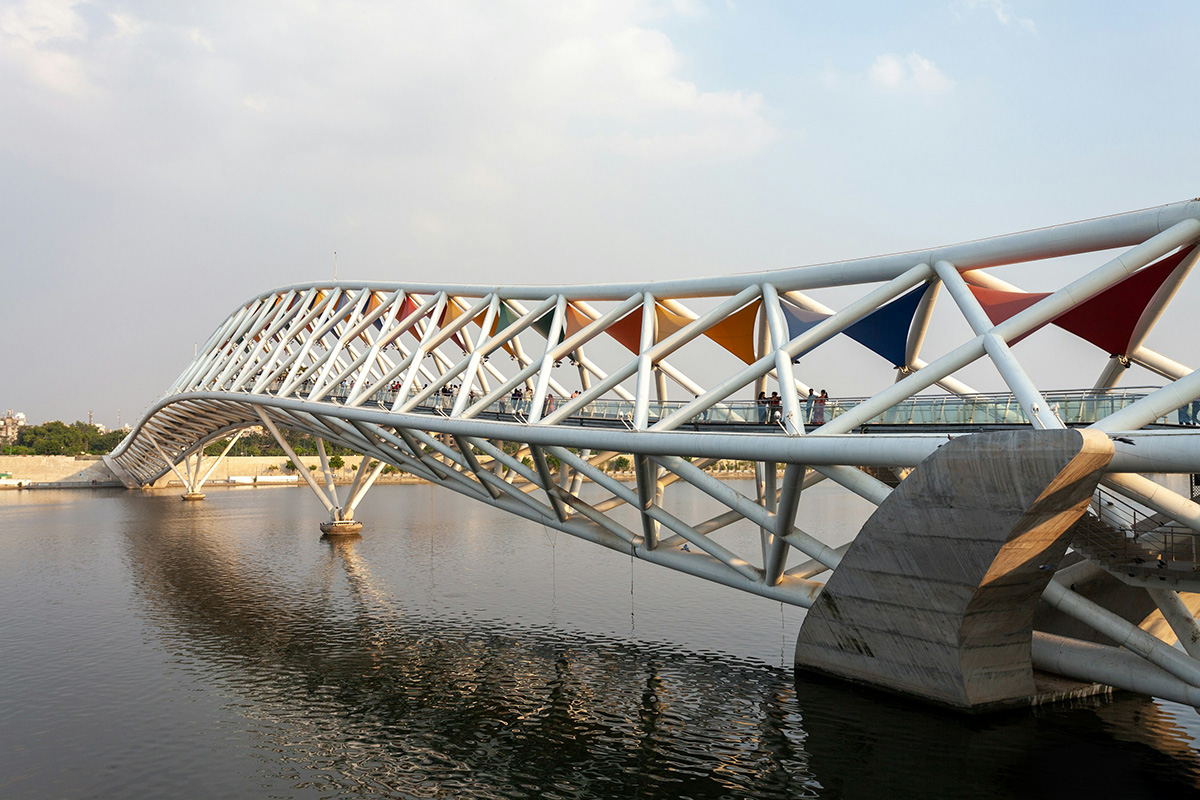It has been more than six decades since Toa Payoh, the “big swamp” (Toa in Hokkien dialect means ‘big’ and Payoh in Malay means ‘swamp’) was first developed by the Housing & Development Board (HDB). The town located in the central region of Singapore has a rich history and is known for its strong community bonds.
.jpg)
In the case of Toa Payoh, the town was developed as a public housing estate in the 1960s, and it quickly became a successful example of Singapore’s public housing program. The project was designed as a self-contained town, providing residents with amenities such as schools, markets, parks, and recreational facilities. Toa Payoh was one of the first stations on the North-South Line of the Mass Rapid Transit (MRT) system, as a key transportation hub for the residents of Toa Payoh and the surrounding areas. Many families from different backgrounds and ethnicities moved into Toa Payoh, fostering a diverse and lively community.
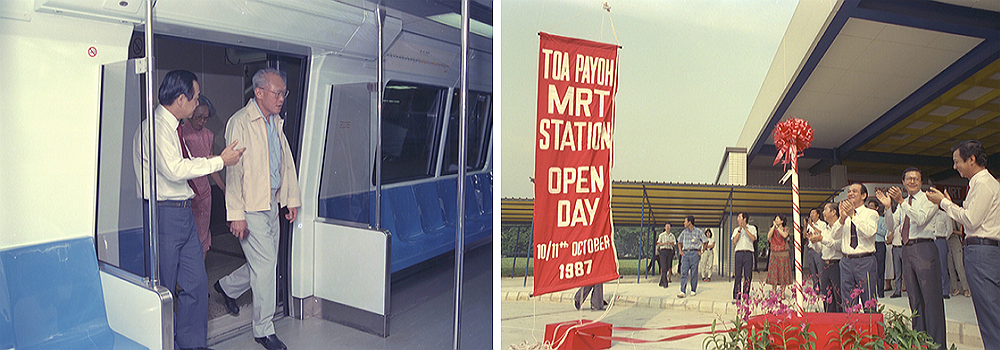
The town, Toa Payoh, houses numerous kampongs that were primarily inhabited by the Chinese community, naturally feature symbols of Chinese culture, including the majestic presence of dragons. In Chinese mythology, dragons are revered as divine creatures associated with power, wisdom, wealth, and good fortune. The presence of dragon motifs in Toa Payoh reflects the deep-rooted Chinese heritage, serving as reminders of the town’s cultural identity.
Toa Payoh was characterised by strong social bonds, mutual support, and a sense of belonging. Residents would often come together for various activities and events, such as park meetups, religious gatherings, and festive celebrations. These activities helped to build stronger bonds between neighbours and created a sense of community.
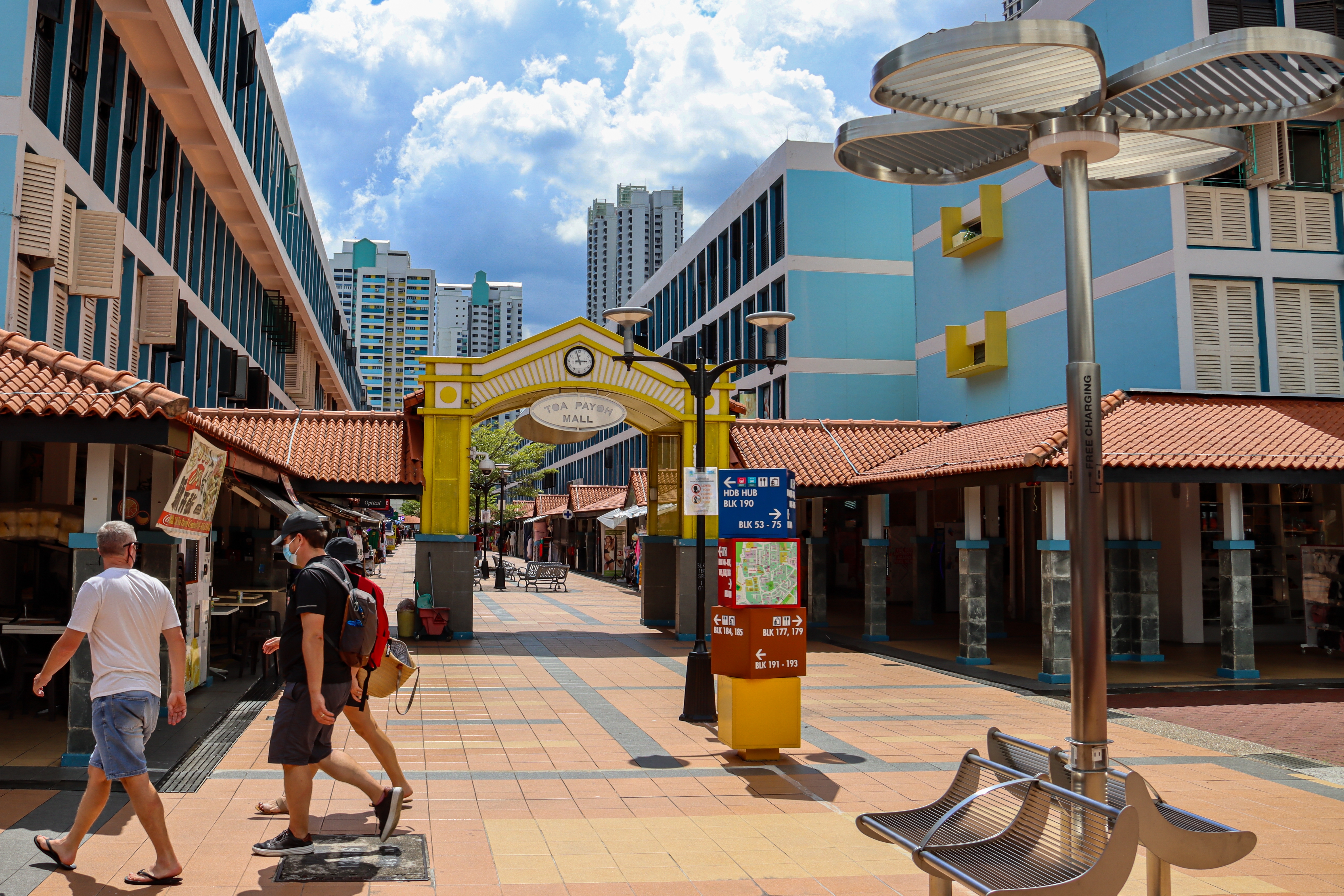
With the initiative of a community gathering, Mr. Martin Silva, a Toa Payoh resident, adorned the ground floor common area outside his flat with festive lights during the Christmas season. However, in 2014, he was being fined several times for decorating the common area. Fortunately, this issue has been resolved with the help of Mr. Zainudin Nordin, the Member of Parliament representing Bishan-Toa Payoh GRC. Expressing support for the community bonding opportunities, Mr. Ling, the CEO of Bishan-Toa Payoh Town Council, said, “This is part of our overall mission.” This drew an outpouring of support from residents as the community spirit continued to reign in Toa Payoh.
Over the years, Singapore modernised, densified, and enlarged the town. The close physical proximity of residential buildings and shared experiences were gradually replaced by a faster paced lifestyle. However, the legacy of the kampong spirit still lingers, and efforts have been made to preserve and promote community engagement.
Toa Payoh’s iconic landmarks
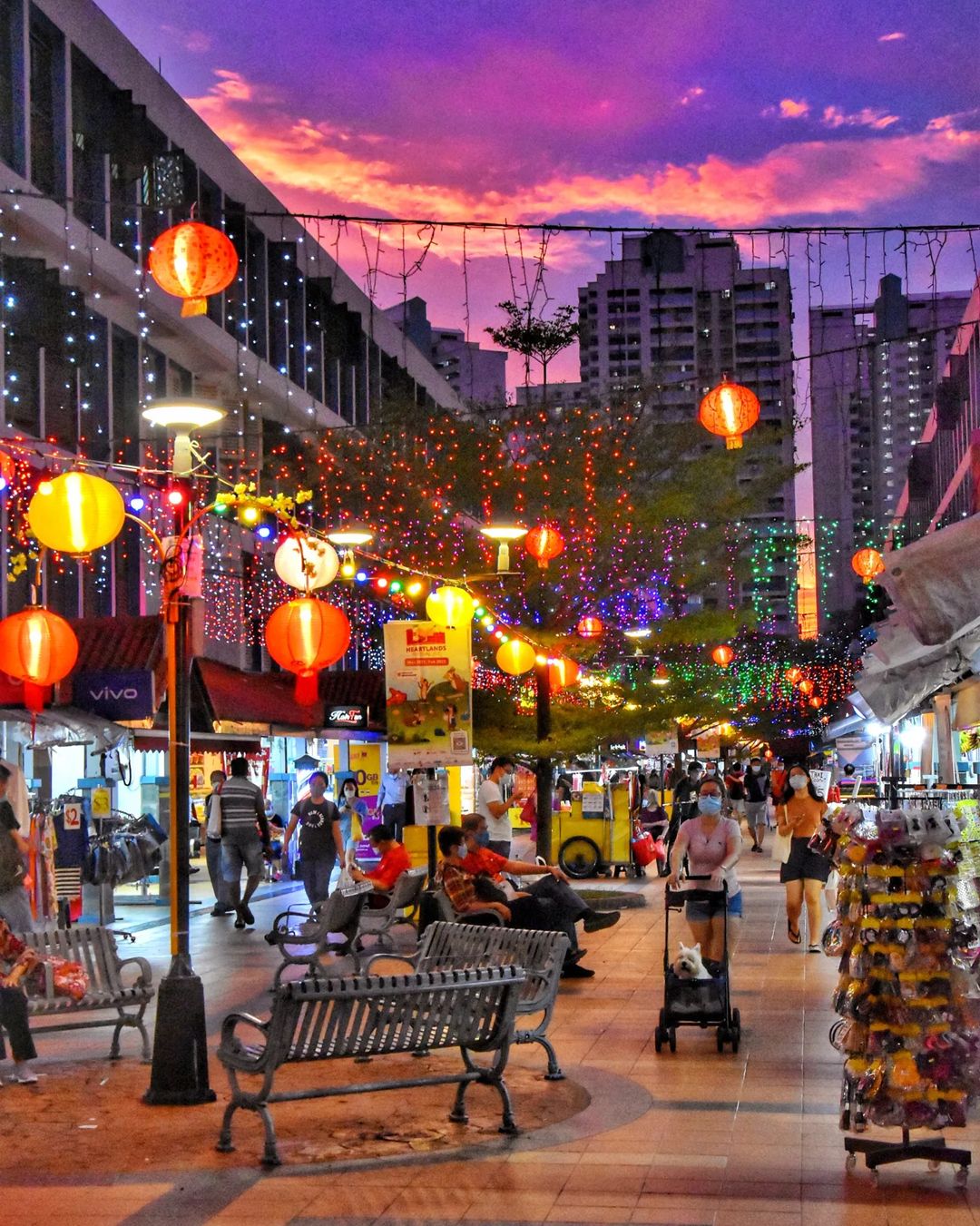
Walking down the main streets, facilities such as the Toa Payoh Sports Hall, Toa Payoh Swimming Complex, Toa Payoh Lorong 8 Market and Food Centre, Toa Payoh Methodist Church and many other social spots catering to the diverse needs of residents and visitors can be easily accessed.
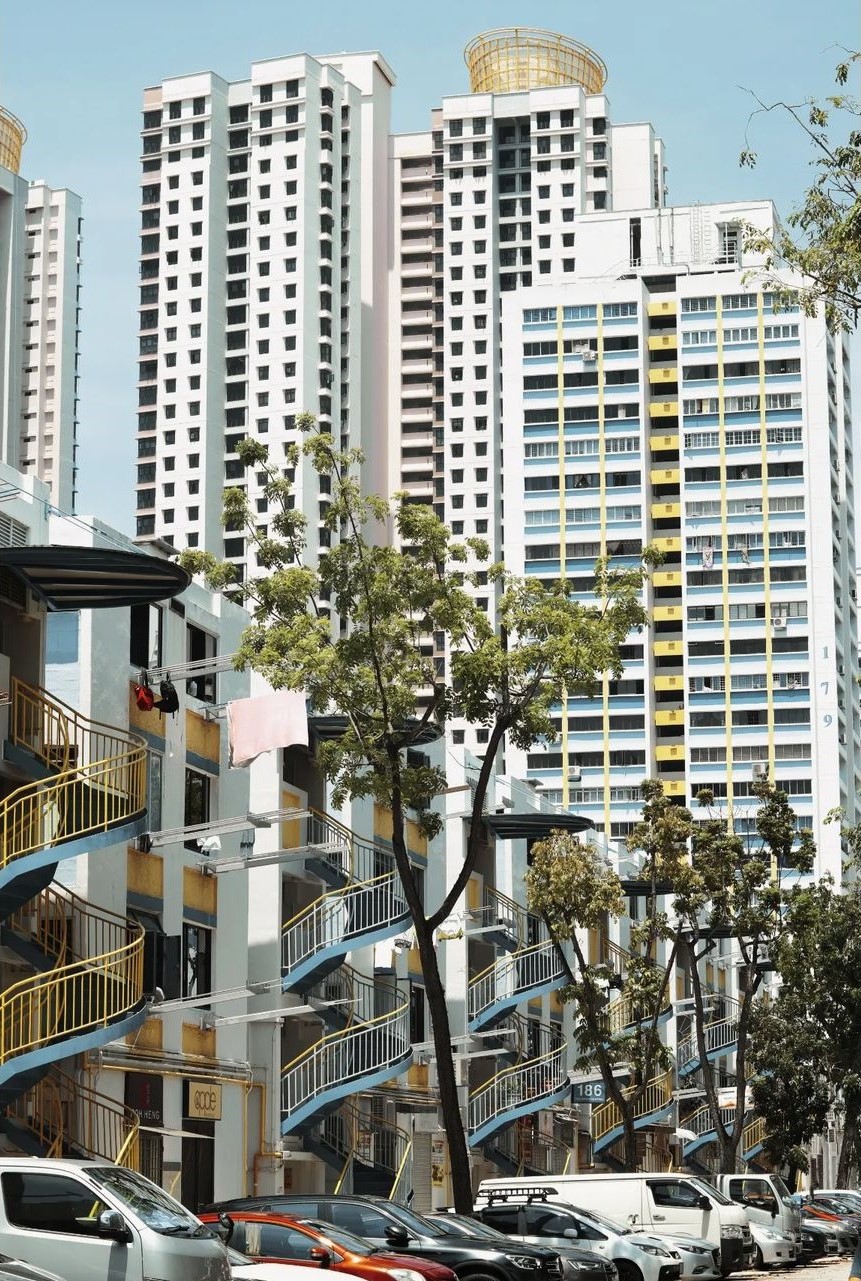
The town also benefited from the presence of green spaces and parks. One of the most iconic landmarks is at the Toa Payoh Dragon Playground. Built in 1979, the multi-functional playground is made for families to enjoy the multicolour slides, swing and see-saws. Known for its iconic design, this is one of two remaining playgrounds in Singapore that retain its original sand surface.
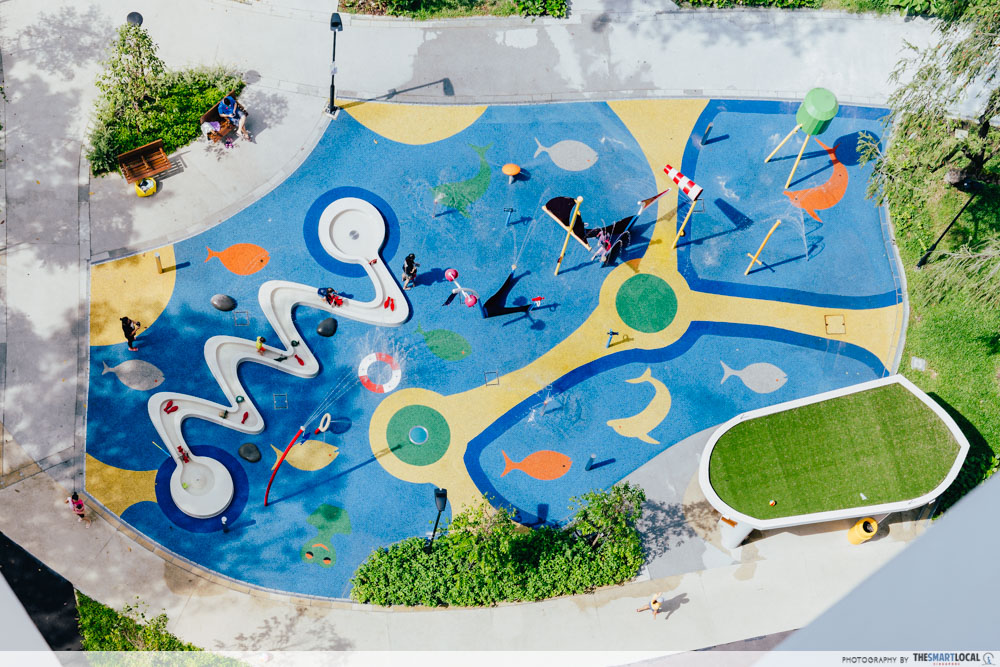
The Chung Hwa Medical Institution is now the headquarters of the Singapore Chinese Physicians’ Association (SCPA), and contains a clinic, research institutes and a college. Established in 1978, the construction of the medical institution was made possible through a remarkable community effort from more than 5,700 taxi drivers and 500 trishaw riders, together with a fundraising campaign. Today, around ninety Traditional Chinese Medicine physicians volunteer their services at the clinic. The institute provides free medicine and herbs under a free clinic operating model and requires only a nominal 50-cents registration fee, ensuring healthcare accessibility for all.
.jpg)
The Toa Payoh Lorong 8 Market and Food Centre is a bustling hub for residents and visitors to enjoy a wide variety of affordable and delicious hawker food. Visitors can find a plethora of mouth-watering dishes, including traditional favourites like chicken rice, char kway teow, Hokkien mee, satay, roti prata, and many more. In recent years, the market underwent a major renovation to upgrade its facilities and improve the overall dining experience.
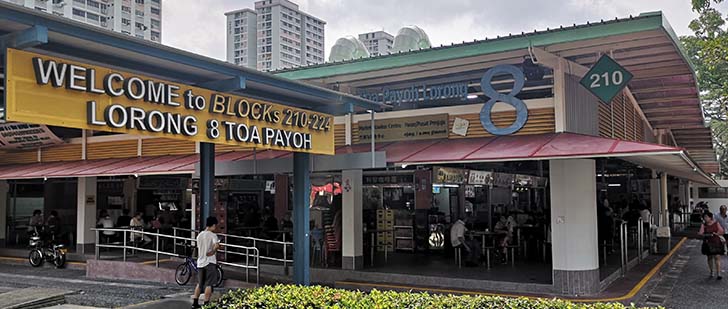
The Toa Payoh Vegetable Night Market, one of Toa Payoh’s best-kept secrets, was known for its vibrant atmosphere and wide variety of fresh produce, seafood, and cooked food stalls. As the sun sets, farmers would drive into the town centre and drop off carts of locally grown vegetables, fruits, meats, seafood, and other food items at affordable prices for the community. From August 2023, the night market ceased operations as authorities decided to shut down the venue to make way for new housing developments in the area. Despite the closing down, the night market will always be a place that holds its community together as it was part of our heritage, culture, and history.
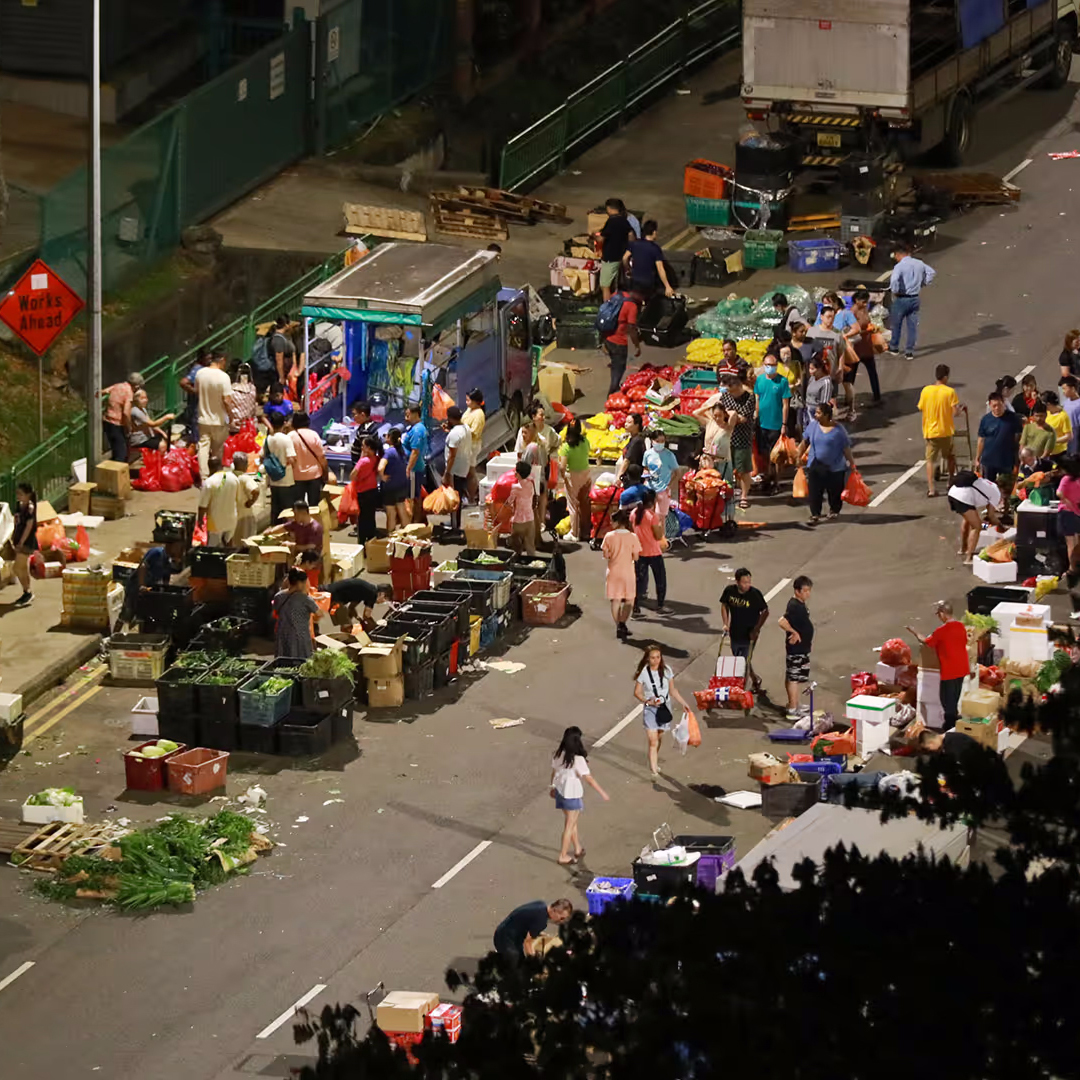
By fostering a sense of belonging, encouraging community participation, and providing a place for people to interact and collaborate, these efforts help to maintain the strong community bonds and social cohesion that have been a hallmark of the Toa Payoh’s kampong spirit.
Toa Payoh stands as a shining example of how tradition and progress can coexist harmoniously, creating a vibrant and inclusive society. As we continue to embrace innovation and development, let us not forget the importance of preserving our cultural roots and think about how Toa Payoh's kampong spirit can inspire us to cultivate stronger community connections in our own lives.

